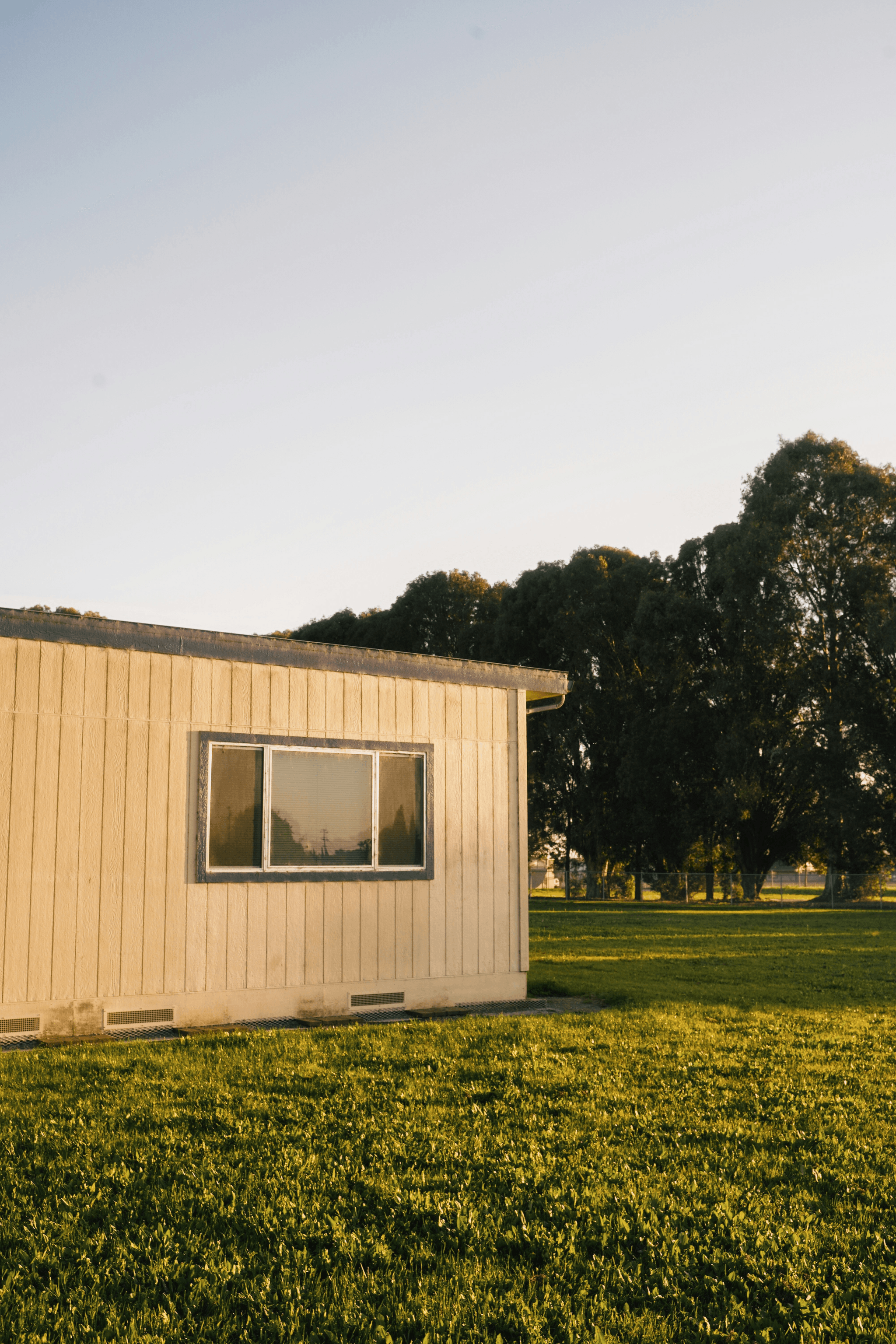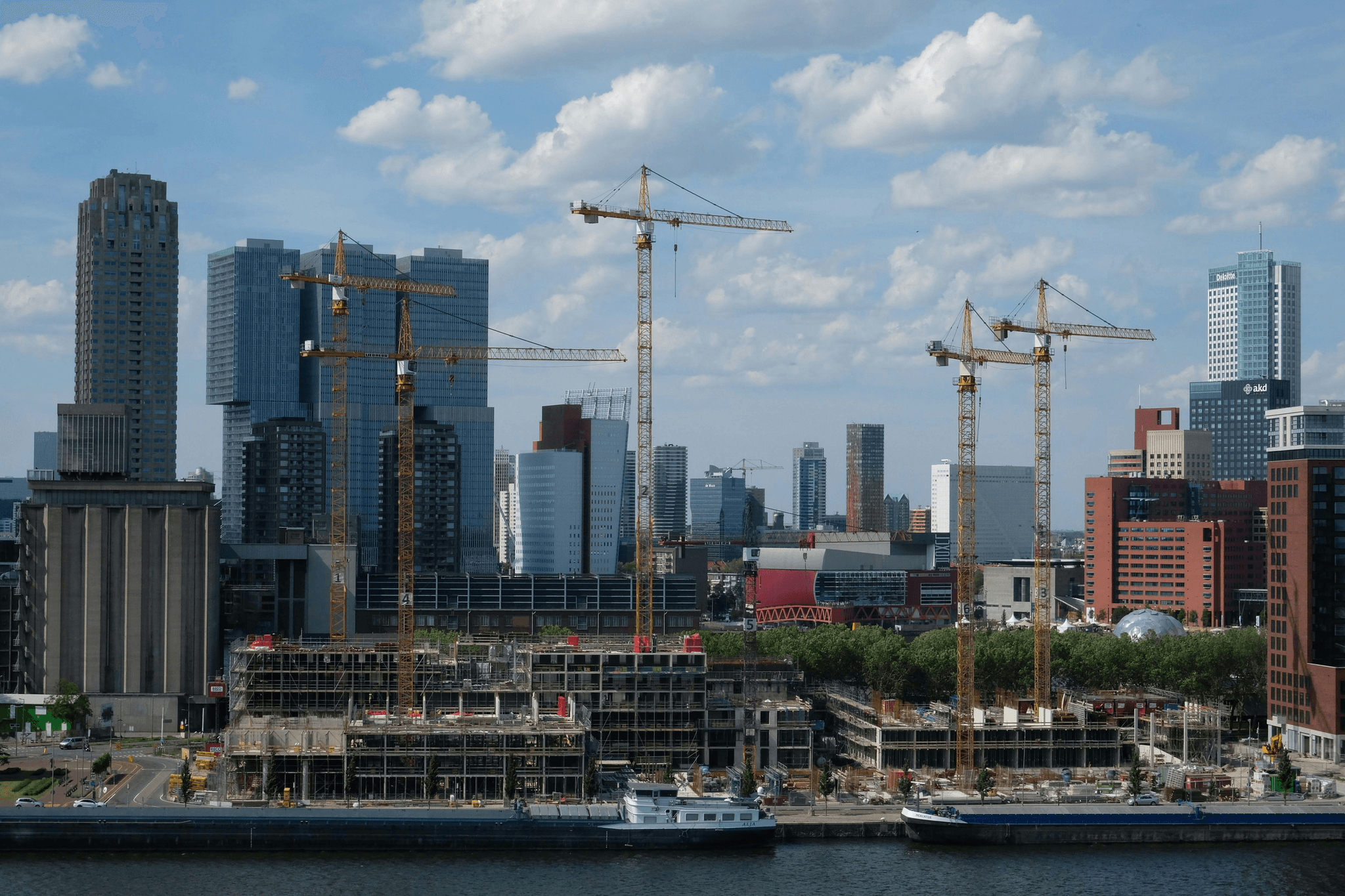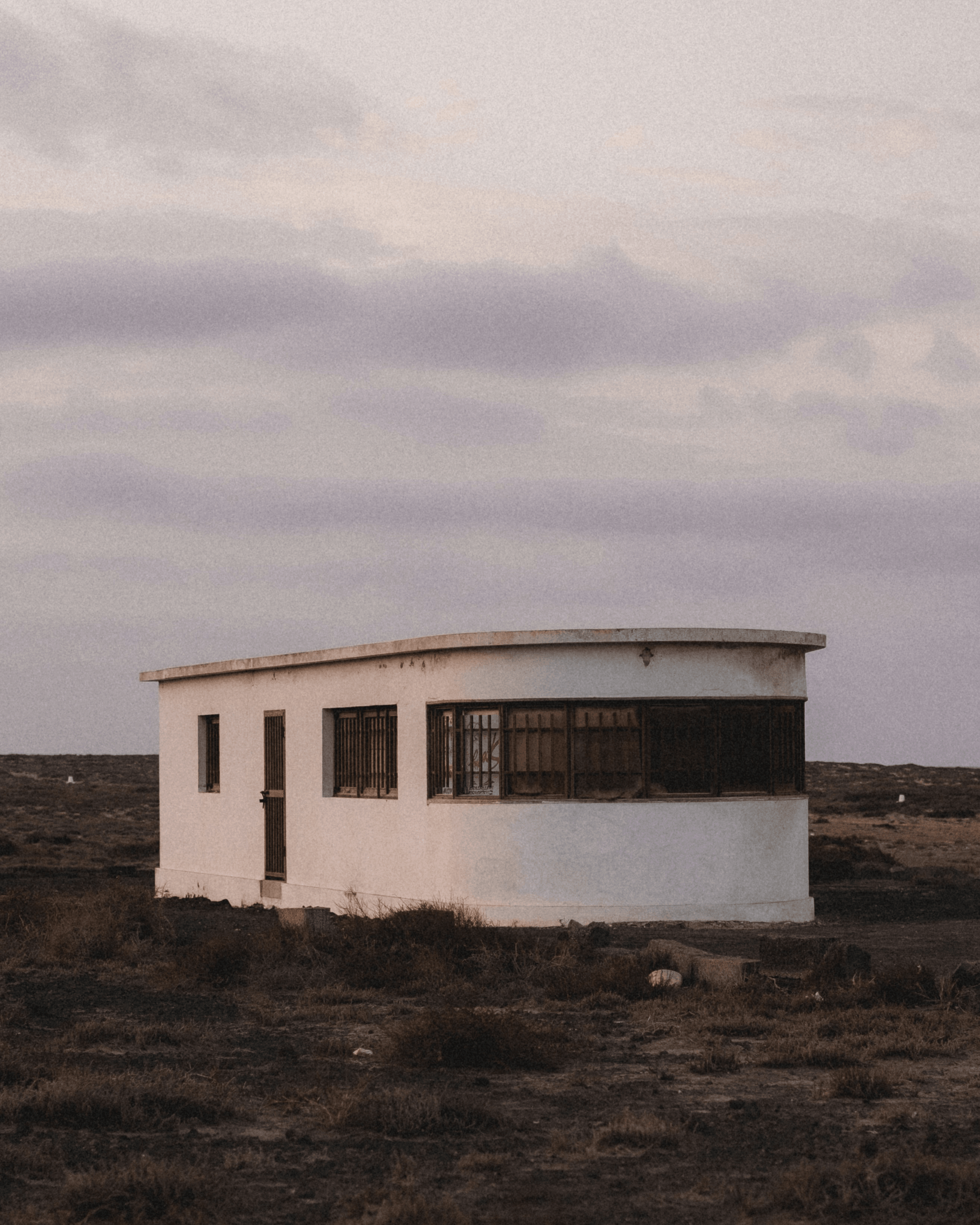Introduction
In the world of modern housing solutions, two popular contenders often emerge in discussions: kit homes and modular homes. Both options offer unique advantages and cater to a variety of homeowner needs, but understanding the nuances between a kit home vs modular home can help you make an informed decision. As we explore these alternatives, we'll also highlight how PreFab Inc. can guide you through the process.
Understanding Kit Homes and Modular Homes
Kit homes are prefabricated structures that come with all necessary components packaged together for assembly on-site. These homes allow homeowners to take on a hands-on approach to construction, providing a sense of accomplishment along with cost savings. On the other hand, modular homes are built in sections at an off-site facility and transported to the location for assembly—allowing for quicker build times without sacrificing quality.
Key Differences Between Kit and Modular Homes
When considering kit home vs modular home options, it's essential to note their fundamental differences in construction methods and design flexibility. Kit homes typically offer more customization opportunities since buyers can choose various layouts and materials according to their preferences. In contrast, modular homes have predefined designs that may limit personalization but excel in structural integrity and speed of assembly.
Why Choose Kit or Modular Homes?
Choosing between a kit home vs modular home ultimately depends on your priorities as a homeowner—be it budget constraints, desired timeline, or personal involvement in construction. For those who love DIY projects and want to save money while creating something unique, kit homes present an attractive option. Conversely, if you prefer a streamlined process with professional oversight while still enjoying modern amenities, modular homes may be your best bet.
What is a Kit Home?

Kit homes are an intriguing option in the world of housing, offering a unique blend of convenience and customization. Unlike traditional homes, which are built on-site from scratch, kit homes come with pre-manufactured components that you can assemble yourself or have constructed by professionals. This approach allows for a more streamlined building process, making kit homes an appealing choice for many.
Defining Kit Homes
A kit home is essentially a house that arrives in pieces, much like assembling furniture from your favorite store—think IKEA but on a larger scale! These homes typically include all the necessary materials and instructions to construct the dwelling, making them accessible for both DIY enthusiasts and those who prefer hiring contractors. The beauty of kit homes lies in their versatility; they can range from simple cabins to intricate designs that rival traditional houses.
Benefits of Kit Homes
One of the standout benefits of kit homes is cost-effectiveness; they often come at a lower price point compared to modular options and traditional builds. Additionally, because you're dealing with pre-cut materials, construction time can be significantly reduced—meaning you could be sipping coffee in your new living room sooner than you think! Plus, many manufacturers offer customizable designs so you can put your personal stamp on your home without breaking the bank.
Popular Kit Home Manufacturers
When it comes to choosing a manufacturer for your dream kit home, PreFab Inc. stands out as an industry leader known for quality and innovation. Other noteworthy names include ShelterSpace and Timberline Log Homes, each offering unique styles and features tailored to various tastes and budgets. Whether you're leaning towards rustic charm or modern minimalism, these manufacturers provide plenty of options to help you navigate the exciting journey of building your own kit home.
What is a Modular Home?

When it comes to housing options, modular homes stand out as a modern solution that combines efficiency with style. Unlike traditional homes built on-site, modular homes are constructed in sections or modules in a factory setting before being transported to the final location. This method not only streamlines the construction process but also allows for greater precision and quality control—key factors when considering the kit home vs modular home debate.
Defining Modular Homes
Modular homes are prefabricated structures made up of multiple sections that are assembled on-site. Each module is built to meet local building codes and standards, ensuring safety and durability. This definition sets them apart from kit homes, which often require more hands-on assembly by the homeowner or builder.
Advantages of Modular Homes
One of the most significant advantages of modular homes is their speed of construction; they can be completed in a fraction of the time it takes to build a traditional home. Additionally, they often come with lower costs due to economies of scale achieved during factory production. When comparing kit home vs modular home options, many find that modular homes offer enhanced energy efficiency and sustainability features—perfect for eco-conscious buyers.
Leading Modular Home Builders
In the realm of modular construction, several builders have carved out their reputations as industry leaders. Companies like PreFab Inc., Clayton Homes, and Karsten Homes provide a variety of designs and customizable options tailored to meet diverse needs and preferences. Their commitment to quality ensures that when you choose a modular home over a kit home, you're making an investment in both longevity and style.
Cost Comparison: Kit Home vs Modular Home

When considering a new home, understanding the financial implications of choosing between a kit home vs modular home is essential. Both options have their unique pricing structures and potential hidden costs that can impact your budget significantly. Let's dive into how these two types of homes stack up against each other financially.
Initial Costs Breakdown
The initial costs of kit homes and modular homes can vary widely based on several factors, including size, materials, and design complexity. Typically, a kit home may appear cheaper upfront because it often includes only the basic components needed to get started. However, when you factor in labor costs for assembly and any additional materials required to complete the build, the initial costs can quickly add up.
On the flip side, modular homes usually come with a higher price tag upfront due to their factory-built nature and comprehensive design packages offered by companies like PreFab Inc. These packages often include everything from foundation work to finishing touches, providing a more streamlined approach that can save you time and stress in the long run. Ultimately, whether you're leaning towards a kit home vs modular home will depend on your budget preferences and how much you're willing to invest initially.
Long-Term Financial Considerations
When evaluating long-term financial considerations between kit homes and modular homes, it’s crucial to think beyond just the purchase price. Modular homes tend to have better resale values compared to kit homes because they are viewed as more permanent structures built with higher quality standards. This means that while your initial outlay might be higher for a modular home through PreFab Inc., you could see better returns should you decide to sell down the line.
Additionally, maintenance costs can influence your long-term investment as well; generally speaking, modular homes require less upkeep over time due to their durable construction methods. On the other hand, if you opt for a kit home, be prepared for potential ongoing expenses related to customizing or repairing elements that might not meet your expectations after initial assembly. In this aspect of cost comparison—kit home vs modular home—the choice may boil down not just to immediate affordability but also future financial stability.
Hidden Costs in Both Options
Hidden costs are an important factor when comparing a kit home vs modular home that many first-time buyers overlook until it's too late! With both options presenting unique challenges, it's essential to do thorough research before making any commitments. For instance, with kit homes from manufacturers like PreFab Inc., unexpected expenses may arise from permits or site preparation that weren't included in your original quote.
Conversely, while modular homes often come with detailed pricing packages upfront, homeowners might face unforeseen fees related to land development or utility connections once construction begins—these can add thousands of dollars unexpectedly! Therefore, being aware of these hidden costs is vital when deciding between these two types of housing options; knowledge is power (and savings) in this case!
Construction Process: How They Differ

When it comes to building your dream home, understanding the construction process is crucial, especially in the kit home vs modular home debate. Each approach has its own unique timeline, assembly methods, and quality control measures that can impact your overall experience and satisfaction. Let’s dive into how these two types of homes differ in their construction processes.
Timeline for Kit Home Construction
The timeline for constructing a kit home can vary significantly based on several factors, including the complexity of the design and weather conditions. Typically, once you receive your kit from a company like PreFab Inc., you might expect to spend anywhere from a few weeks to several months getting everything ready for assembly. This includes site preparation, obtaining permits, and then assembling the pieces—so patience is key when considering a kit home vs modular home approach.
Moreover, since many homeowners opt for DIY assembly or hire local contractors for specific tasks, this can further extend the timeline depending on availability and skill levels. However, one of the appealing aspects of kit homes is that they often allow homeowners to build at their own pace—an enticing option if you're juggling other commitments or simply want to savor each phase of construction.
Modular Home Assembly Process
In contrast to kit homes, modular homes are built off-site in a factory setting before being transported to your property for final assembly. The entire process is usually much faster; once your modules are constructed at facilities like those operated by PreFab Inc., they can be delivered and assembled on-site within days or weeks rather than months. This speed can be particularly attractive if you're eager to move into your new space sooner rather than later.
Additionally, modular homes undergo rigorous inspections during their factory production stages which helps streamline the on-site assembly process—saving time while ensuring quality standards are met right from the get-go. So if you’re weighing options in the kit home vs modular home arena with an emphasis on speed and efficiency, modular may have an edge here.
Quality Control in Construction
Quality control plays a pivotal role in both construction processes but manifests differently between kit homes and modular homes. For kit homes built by companies like PreFab Inc., quality assurance often relies heavily on how well each component is manufactured and assembled by either professionals or DIY enthusiasts at various stages of construction. This means that while some kits come with high-quality materials prepped for easy assembly, inconsistencies may arise based on individual craftsmanship.
On the other hand, modular homes benefit from controlled factory environments where each module undergoes strict inspections before leaving the facility—ensuring that every aspect meets predefined standards consistently across all builds. This level of oversight not only enhances durability but also provides peace of mind knowing that what arrives at your site has already passed through rigorous quality checks—a significant consideration when comparing kit home vs modular home options.
Design Flexibility: Kit Home vs Modular Home

When it comes to design flexibility, the debate of kit home vs modular home reveals some fascinating contrasts. Kit homes often provide a blank canvas for creativity, allowing homeowners to tailor their living spaces according to personal taste and lifestyle needs. In contrast, modular homes typically come with predefined designs that may limit customization but still offer a range of appealing options.
Customization Options for Kit Homes
Kit homes shine in their ability to offer extensive customization options, making them a popular choice for those who want to express their unique style. With a variety of floor plans, exterior finishes, and interior layouts available, buyers can mix and match features to create their dream home. Companies like PreFab Inc. even allow customers to modify existing designs or create entirely new ones from scratch, ensuring that the final product reflects individual preferences.
Moreover, many kit home manufacturers provide detailed guides and support throughout the design process, helping homeowners navigate choices like materials and finishes. This level of involvement not only enhances satisfaction but also fosters a sense of ownership over the project. Ultimately, if you’re looking for a personal touch in your living space, opting for a kit home might just be your best bet in the kit home vs modular home showdown.
Design Limitations of Modular Homes
On the other hand, when considering modular homes within the kit home vs modular home framework, one must acknowledge certain design limitations inherent in this building method. While they do come with various styles and layouts pre-designed by manufacturers, customization options tend to be more restricted compared to kit homes. This is primarily due to the need for efficient manufacturing processes and transportation logistics that dictate how these structures are built.
Modular homes often adhere closely to standard dimensions and configurations designed for quick assembly on-site; thus deviating from these norms can lead to increased costs or complications during construction. However, many leading builders provide several customizable features such as color schemes or upgraded fixtures that can enhance aesthetics without altering the fundamental structure significantly. For buyers who prefer convenience over extensive personalization, this approach may still yield satisfactory results while keeping within budgetary constraints.
Real-World Examples of Custom Builds
To illustrate the differences further between kit homes and modular homes in real-world scenarios—let’s take a look at some custom builds! One notable example is a stunning coastal retreat designed by PreFab Inc., where homeowners opted for an open-concept layout with expansive windows showcasing breathtaking ocean views—a hallmark feature made possible through customizations available in their kit home package.
In contrast, consider a charming suburban modular home that exemplifies efficiency without sacrificing style; while it adhered closely to its original design plan provided by its builder—this family managed clever enhancements like landscaping choices and outdoor living spaces that personalized their experience further without altering core elements of construction too much. These examples highlight how both options can cater uniquely depending on buyer preferences while emphasizing key distinctions in flexibility between kit home vs modular home options.
Conclusion

In the quest for homeownership, choosing between a kit home and a modular home can feel like navigating a maze. Each option has its own unique charm and practical benefits, making it essential to weigh your priorities carefully. At PreFab Inc., we believe that understanding your lifestyle needs will guide you toward the right choice.
Making the Right Choice for You
When considering a kit home vs modular home, think about what matters most to you—cost, customization, or construction speed? Kit homes offer flexibility in design and often come with the satisfaction of hands-on assembly. On the other hand, modular homes provide quicker completion times and are typically built to higher standards of quality control.
The decision ultimately boils down to personal preference and lifestyle considerations. If you enjoy DIY projects and want a unique touch in your living space, a kit home may be your best bet. Conversely, if you're looking for efficiency without sacrificing quality, then modular homes could be the way to go.
Comparing Long-Term Value
Long-term value is another crucial factor when comparing kit home vs modular home options. While initial costs might sway you toward one choice over another, it’s important to consider how each type of dwelling holds up over time. Generally speaking, modular homes tend to appreciate better due to their robust construction methods.
Kit homes can also provide excellent long-term value but may require more maintenance depending on how they're built and assembled. Ultimately, evaluating resale potential should play an important role in your decision-making process as well. Think about not just what fits now but what will serve you well into the future.
Final Thoughts on Kit and Modular Homes
As we wrap up our exploration of kit homes versus modular homes, it's clear that both options have their merits worth considering at PreFab Inc. Whether you're drawn by the customizable nature of kit homes or the swift assembly of modular options, there’s something for everyone in this modern housing landscape. Whatever path you choose—be it building from scratch or opting for pre-designed efficiency—your new abode awaits!

